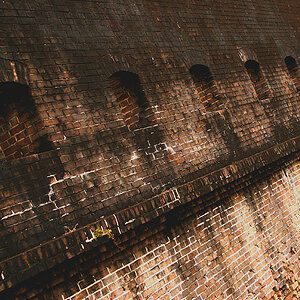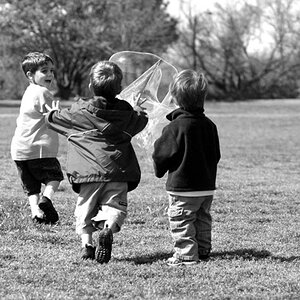rexbobcat
Been spending a lot of time on here!
- Joined
- Nov 28, 2011
- Messages
- 5,014
- Reaction score
- 1,967
- Location
- United States
- Can others edit my Photos
- Photos OK to edit
I know these threads have been beaten to death, but I haven't seen one about this so I thought I would open up a discussion thing. And I'm not a scholar on this stuff, so I'm just going by observations. I'm probably getting in over my head but whatevs 
From what I have seen, there are three kinds of street photography: compositional, subject, and situational/commentary.
Yes, I know that street photography is so broad and somewhat vague that there aren't just three kinds, but when looking at the general pool of photos on Flickr and 500px, most seem to fit these three categories or they overlap between them.
So like, compositional is when the focus is the lighting and forms within the photo. this is fairly common since geometry is often very easy for photographers to pick up.
Subject is basically like...street portraiture. The peculiarity/uniqueness of the subject is what creates the interest in the photo. This is often the case in photos of the homeless.
And situational, which is more photojournalistic and relies more on the interactions within the photo. I would also put some of those photos that use signs as social commentary into this category.
From what I have seen, there are three kinds of street photography: compositional, subject, and situational/commentary.
Yes, I know that street photography is so broad and somewhat vague that there aren't just three kinds, but when looking at the general pool of photos on Flickr and 500px, most seem to fit these three categories or they overlap between them.
So like, compositional is when the focus is the lighting and forms within the photo. this is fairly common since geometry is often very easy for photographers to pick up.
Subject is basically like...street portraiture. The peculiarity/uniqueness of the subject is what creates the interest in the photo. This is often the case in photos of the homeless.
And situational, which is more photojournalistic and relies more on the interactions within the photo. I would also put some of those photos that use signs as social commentary into this category.


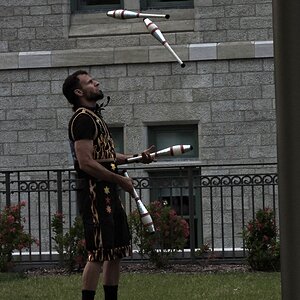
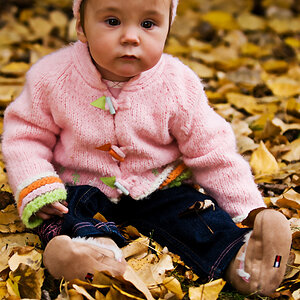
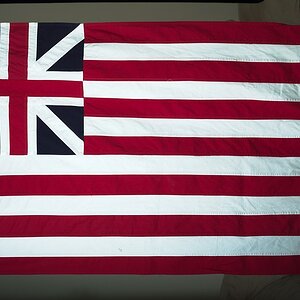
![[No title]](/data/xfmg/thumbnail/34/34343-b06994e286a2089b404358d95c37eaf0.jpg?1619736378)
![[No title]](/data/xfmg/thumbnail/34/34344-0b42e0e92ad436e6710a1b9c4585d6df.jpg?1619736379)

![[No title]](/data/xfmg/thumbnail/34/34346-f7996f51f0624620cfd54a488abeacf9.jpg?1619736382)
![[No title]](/data/xfmg/thumbnail/34/34347-8b81549fefc38aca163688d07a9f5ced.jpg?1619736384)

